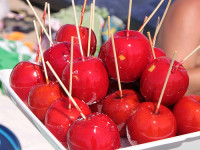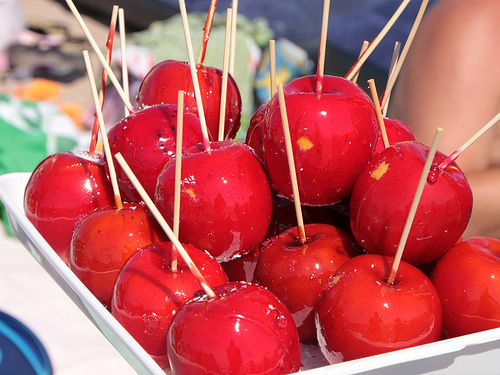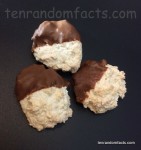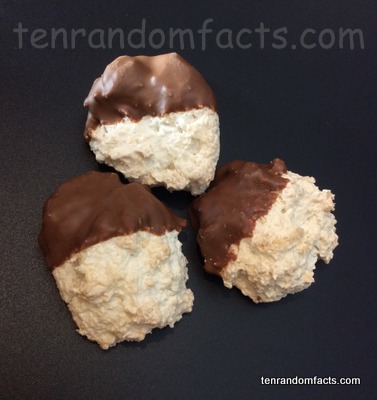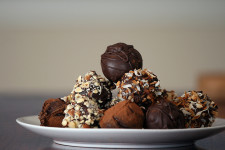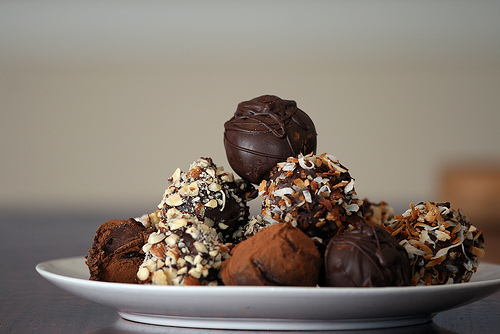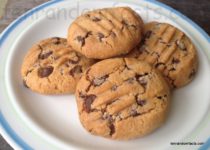
How can you resist a warm chocolate chip cookie?
- Chocolate chip cookies are a variant of cookie, identifiable by its inclusion of chocolate pieces.
- ‘Chocolate chip cookies’ are also known as ‘choc chip cookies’, ‘chocolate chip biscuits, ‘Toll House chocolate crunch cookies’, ‘Toll House cookies’, and ‘Toll House biscuits’.
- Sugar, flour, eggs, butter, baking powder and chocolate bits are the typical ingredients used for baking chocolate chip cookies.
- The chocolate pieces of chocolate chip cookies can be replaced with white chocolate or M&Ms, while a popular combination is white chocolate with the addition of macadamia nuts; or the dough can be flavoured with chocolate or peanuts, for an interesting variant.
- Chocolate chip cookies were invented in the 1930s by Ruth Wakefield of the United States, then owner and chef of Massachusetts’ Toll House Inn restaurant, and despite various stories of the invention being an accident, it is said to have been a deliberate alteration of a butterscotch cookie recipe.
- The first recipe for chocolate chip cookies was published in the 1938 edition of Ruth Wakefield’s cookbook “Toll House Tried and True Recipes”.
- Around 1939, as chocolate chip cookies grew popular, Ruth Wakefield exchanged the rights for her cookie recipe with the Nestlé company, for a lifetime supply of their semi-sweet chocolate, and they printed her cookie recipe on their packaging.
- Shortly after obtaining rights to the chocolate chip cookie recipe, Nestlé reconfigured their semi-sweet chocolate from a bar, to small chocolate pieces purposed for cooking in the cookies, naming them ‘Toll House Semi-Sweet Morsels’.
- As of 2015, the largest biscuit ever made in the world, happens to be a chocolate chip cookie, which was baked in 2003 by the United State’s Immaculate Baking Company as a museum fundraiser, and it was approximately 31 metres (102 feet) in diameter.
- The chocolate chip cookie is the official state cookie of Massachusetts of the United States, while it was proposed that it also be the state cookie of United States’ Pennsylvania.



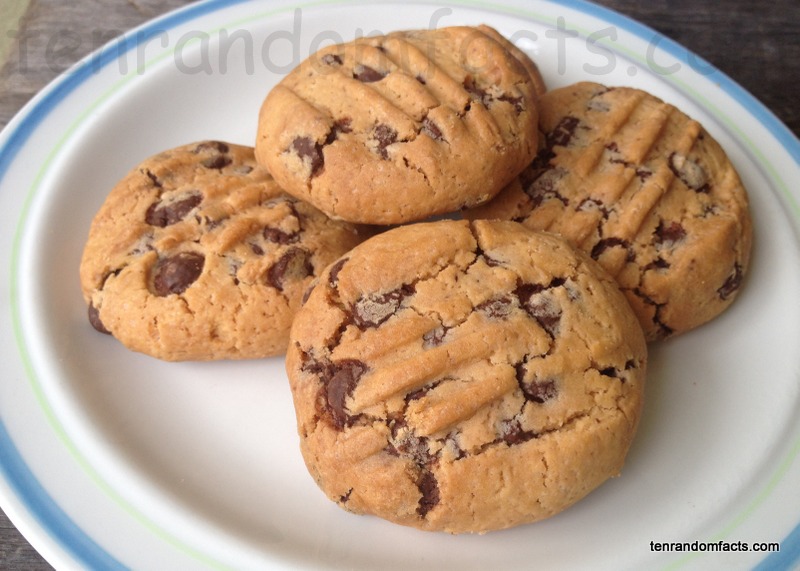
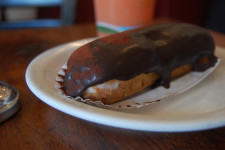
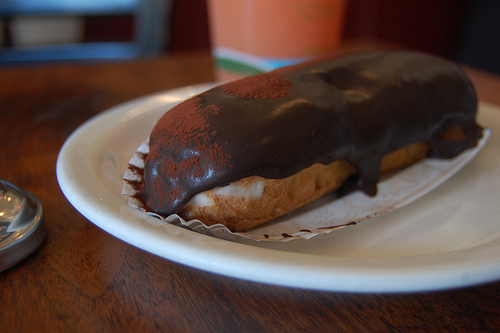


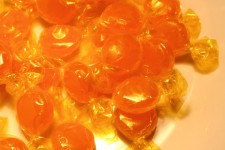
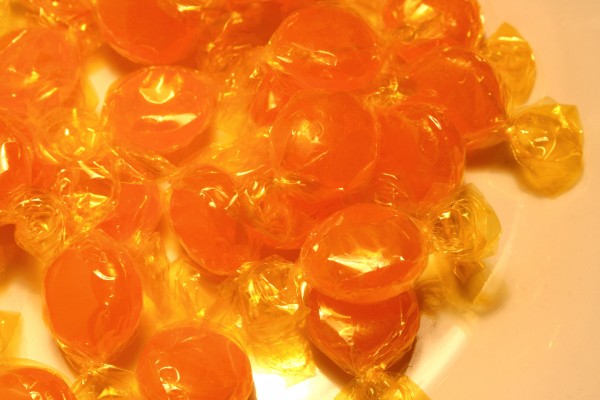 Butterscotch Candy
Butterscotch Candy
